Although the German violinist came late to Schumann, the Violin Concerto remains one of his repertoire staples – and provides an insight into the composer’s fraught mental state
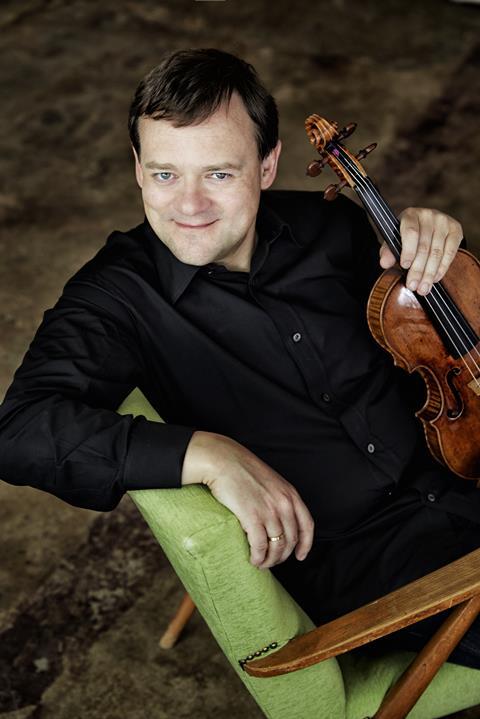
Discover more Featured Stories like this in The Strad Playing Hub.
Read more premium content for subscribers here
It took me a long time before I felt I understood Schumann. I was afraid I wasn’t mature enough for his music, so it was a long time before I felt I could approach it seriously. I was 27 when I first performed the Violin Concerto and it took some time for me to feel really in control of it. Schumann, especially in his later works, was attempting to combine music, literature and Romanticism but in later years tried to use less and less musical material. In addition he was a pianist rather than a violinist, and there are several awkward passages in the concerto that are absolutely integral to the construction. I can see exactly why Joseph Joachim never wanted to play it, despite it being written for him! Having said that, pianists have told me that his writing for piano can be just as difficult, so I can’t complain!
On the other hand, the concerto is incredibly rewarding and I love playing it. It’s one of the few concertos I could play every day and never get tired of it. There are some moments that only occur in Schumann, which feel as though you’re falling from a precipice that’s so high you can’t see where you’re going to land. The development of the theme in the first movement, where it goes into D minor, is one such moment, and it takes a lot of experimenting with different bowings and fingerings to make moments like these sound natural. They never occur in Brahms, who considered every note a hundred times before writing it down. In a way, I feel closer to Schumann than to Brahms, whose concerto sometimes feels to me like playing clotted cream!
I find the first movement very strange. It begins with tuttis that are almost Brucknerian in scale, followed by the dramatic entry of the violin which I think represents Schumann’s own soul. It then becomes more and more intimate, as if he’s trying to hide his soul away. And I think the tuttis represent the people and society around him that he struggled to integrate with – such as in Düsseldorf, where he completely failed to manage the orchestra. To some extent, you need the orchestra to play as if it’s chamber music, otherwise you have to force the right arm with the bow and the colours won’t come. It takes a longer rehearsal time than other concertos.

The second movement is divine, and I interpret it as Schumann mourning his own demise. It contains some unique moments that are so heartbreaking when you consider the mental trauma he was going through while he was writing it. Then the third movement is problematic – partly because some things are repeated once or twice too often – but it has a magnificent middle section where the cellos play a syncopated tune while the violin sings against it. It also contains a polonaise, which I think might be unique for any third movement.
I’ve had a habit of performing the concerto 20 times on tour and then resting it for around a decade. The first time I toured it was in 1992, then in 2000 and then 2010. I’d also never memorised it until the Covid pandemic in 2020: I was touring the concerto at the time, and most of the concerts were cancelled so I used the lockdown period to learn it, and absorb every note. That gave a new dimension to my performance, which is why I decided to record it again in 2024.
If I were advising someone on how to tackle this piece, I’d say they’d need to listen to most of his other works, from the symphonies to the piano music, trios and quartets. Finding how to play it is a long process, unlike Mozart or Bach. Schumann’s music is unique; it has to be played in the Viennese classical style, not like a late Romantic work, and it’s also very Classical, very Beethovenian.
INTERVIEW BY CHRISTIAN LLOYD
Watch: Violinist Frank Peter Zimmermann performs Sibelius
Discover more Featured Stories like this in The Strad Playing Hub.
Read more premium content for subscribers here
The number one source for playing and teaching books, guides, CDs, calendars and back issues of the magazine.
In The Best of Technique you’ll discover the top playing tips of the world’s leading string players and teachers. It’s packed full of exercises for students, plus examples from the standard repertoire to show you how to integrate the technique into your playing.
The Strad’s Masterclass series brings together the finest string players with some of the greatest string works ever written. Always one of our most popular sections, Masterclass has been an invaluable aid to aspiring soloists, chamber musicians and string teachers since the 1990s.
The Canada Council of the Arts’ Musical Instrument Bank is 40 years old in 2025. This year’s calendar celebrates some its treasures, including four instruments by Antonio Stradivari and priceless works by Montagnana, Gagliano, Pressenda and David Tecchler.

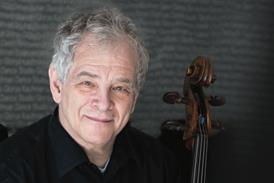


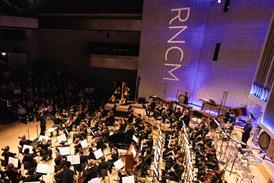

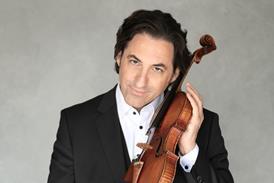
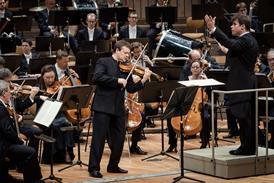


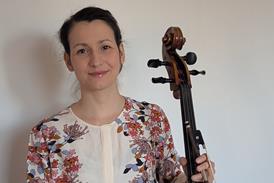
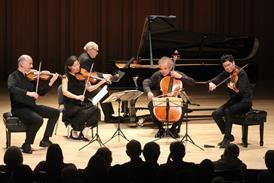
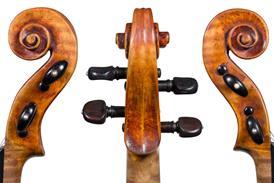

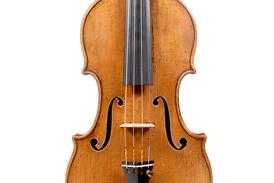



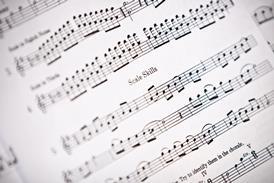
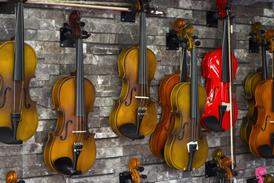
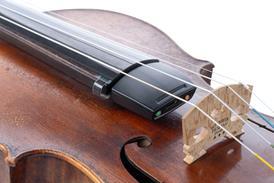

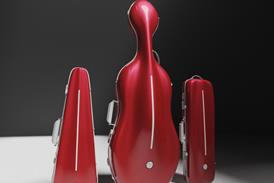
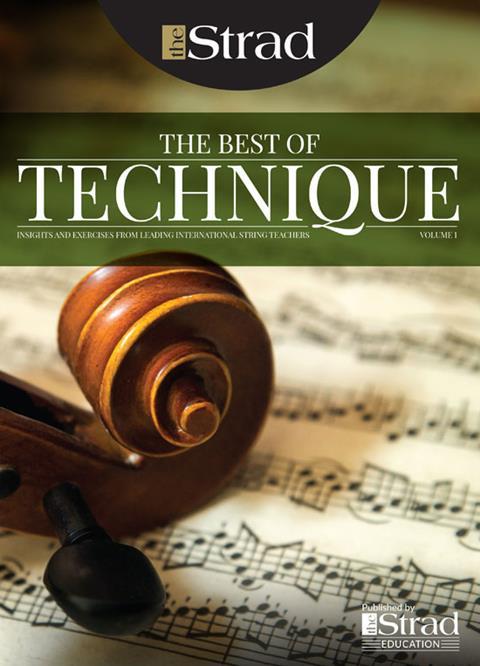
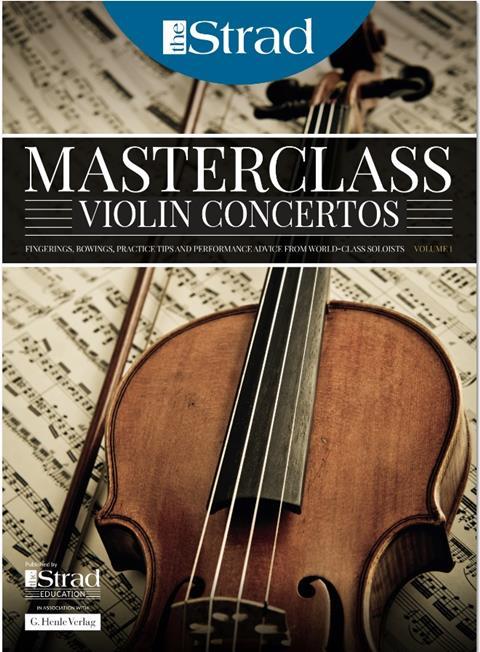
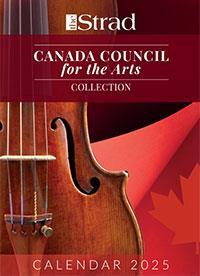































No comments yet